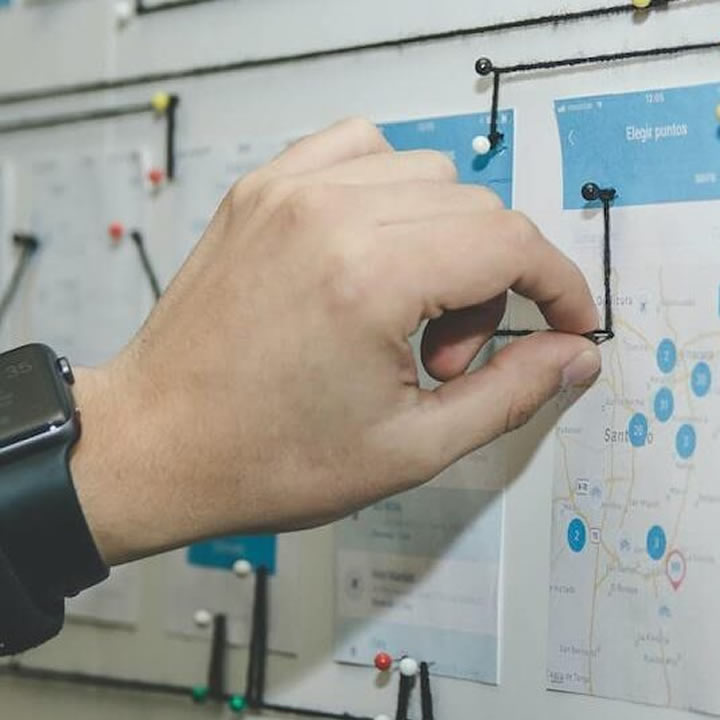The use of Home Medical Equipment (HME) is ubiquitous across the healthcare industry. These devices, including CPAP machines, wheelchairs, walkers, hospice beds, and many others, provide relief and convenience to patients.
With improvements in technology, people can order DMEs in the comfort of their homes by placing orders online or by phone call. All this has been made possible by revolutionary DME billing processes.
In this article, we’ll learn everything relating to medical equipment billing.
What is HME Billing?
After providing medical equipment, the HME provider issues a claim to an insurance company asking for payment for medical devices offered to patients or hospitals registered with the insurance company.
HME billing is the process of filing, submitting, processing, and receiving payment for durable medical equipment.
For providers, efficient billing is essential in streamlining operations. Providers must be abreast with the latest developments in industry guidelines and compliance issues to ensure claims are processed fast.
Over the years, DME/HME companies have adopted HME software to eliminate errors and improve efficiency in billing.

Documentation and Regulations
While you can shop DME billing software and HME equipment online, as a provider, you must keep all your documentation organized. Ensuring that payment claims are not pushed to the next revenue cycle is fundamental.
Without a doubt, the major hurdle in coding and collection of payment is incorrect information.
Unlike other medical billing processes, DME billing is unique because it allows DME/HME rentals and requires HCPCS codes. Insurance companies use the codes to identify the medical equipment and remit payments.
If codes mismatch, it will lead to back-and-forth hassles that will lengthen the payment cycle. Some equipment requires more documentation, which makes it even more daunting for providers and patients to make correct billing.
Things to Consider in DME/HME Billing
HME and DME billing can be complex, especially when compliance and regulatory guidelines keep changing. For every provider, timely paid claims are critical in ensuring business continuity. It also makes it easy for patients to quickly get the equipment they urgently need.
Consider the factors below when making HME and DME billing.
The Billing Process. How is your billing process? Does it capture everything from the start to the end? Make your processes clear so that it can map an equipment’s movement from the supplier to the buyer.
A dependable HME billing process ensures you don’t leave important documents or omit nuances that can delay payment.
Billing Guidelines. It’s essential to note that HME payor policies change across various DME software and HME software products. It’s not safe to assume that regulations for oxygen equipment are the same as those of orthotic equipment.
Before submitting claims, run through the guidelines checklist to ensure you’ve ticked all the boxes.
HME Billing Expert. If you don’t have time to follow all the billing steps, you can consider an expert whose job is to maintain accurate data about all the equipment. An expert will process all the paperwork, correct erroneous information, verify HCPCS codes, and follow up on claims.
HME Billing Software. HME billing can be made easier and more efficient with billing software. Pre-built checklists and other measures in the software ensure that you don’t leave important information behind.
Some of these software systems are browser-based, so you can access them anywhere you want.
Because the software has all the HCPCS Level II codes and is frequently updated to meet regulatory guidelines, it minimizes payment delays and makes it easy to know which claims haven’t been paid.
A DME/HME online software simplifies the complicated nature of HME billing by automatically coding claims and creating alerts for unprocessed claims.
Billing on time can be a challenge for HME providers if they rely on traditional billing methods. Providers who want to keep healthy cashflows might want to hire an expert, consider billing software, or outsource services to third-party agencies.
Reducing the number of denials and increasing timely payments means using efficient systems that could even showcase if HME equipment is covered under the patient’s insurance plan.
Written by Oliver Roth

